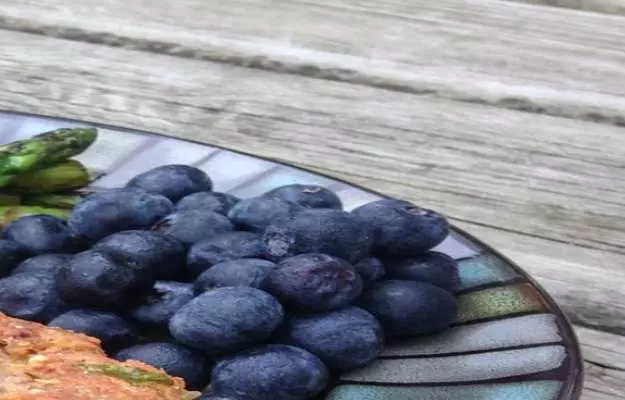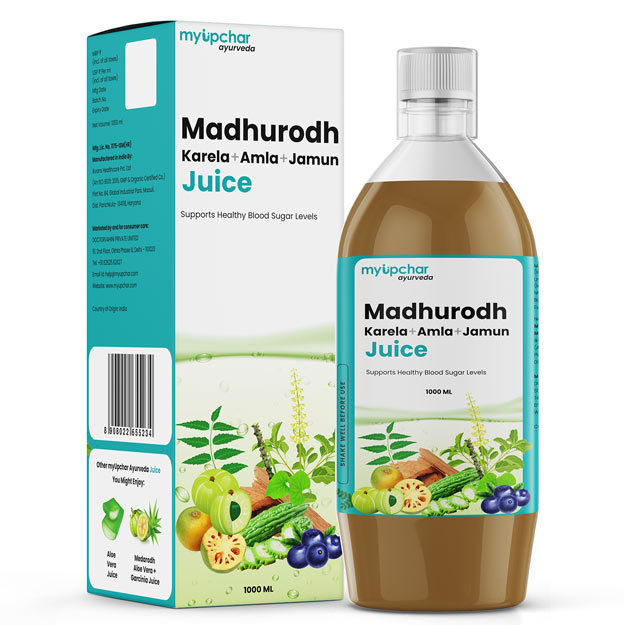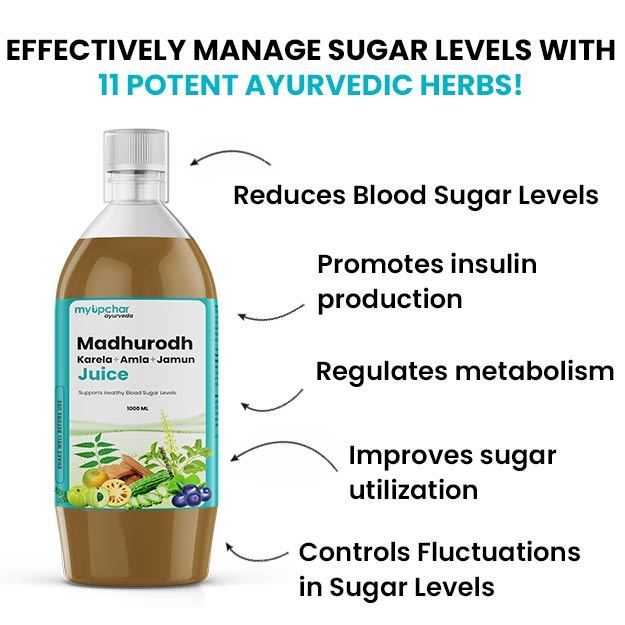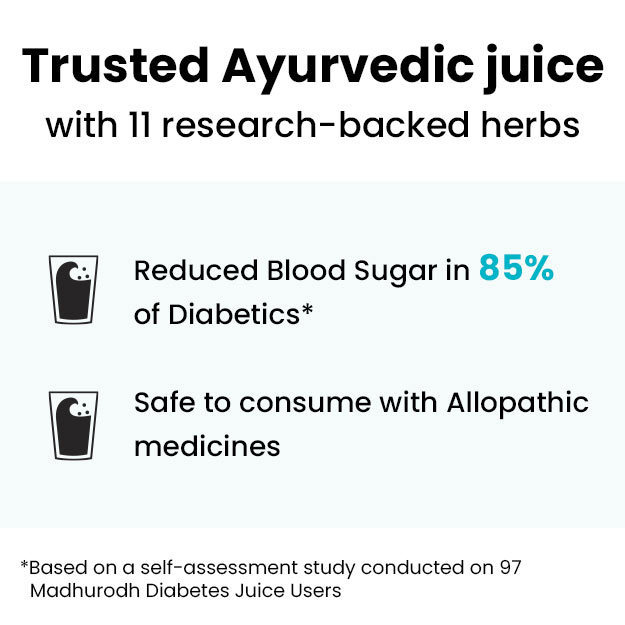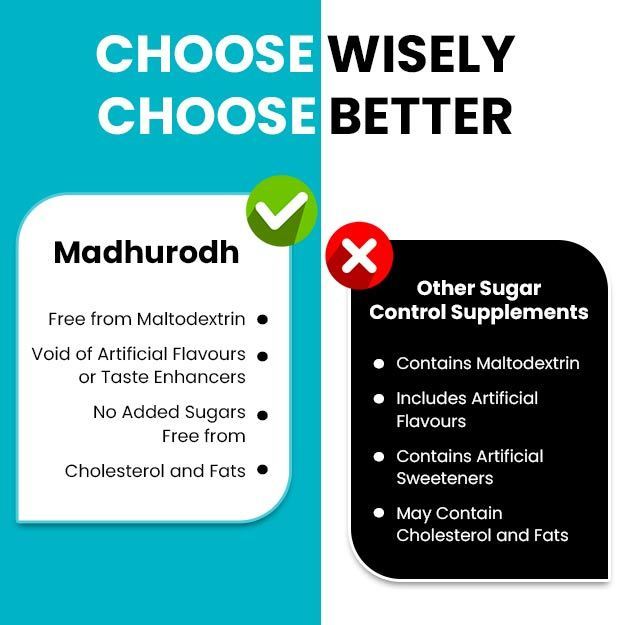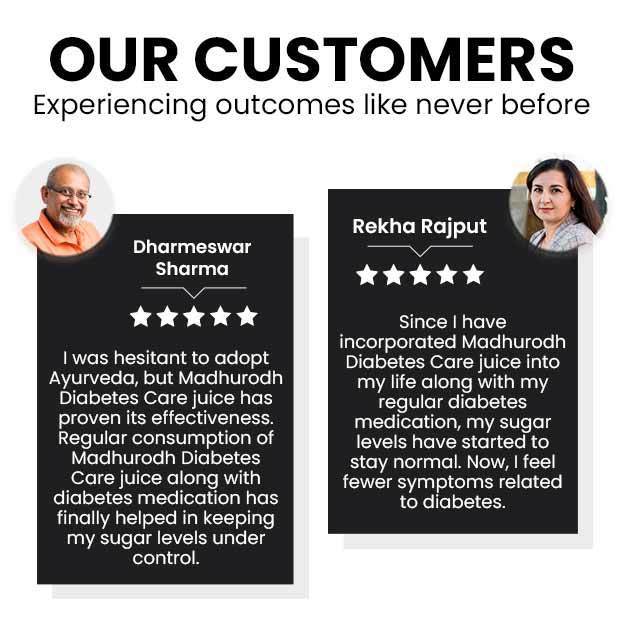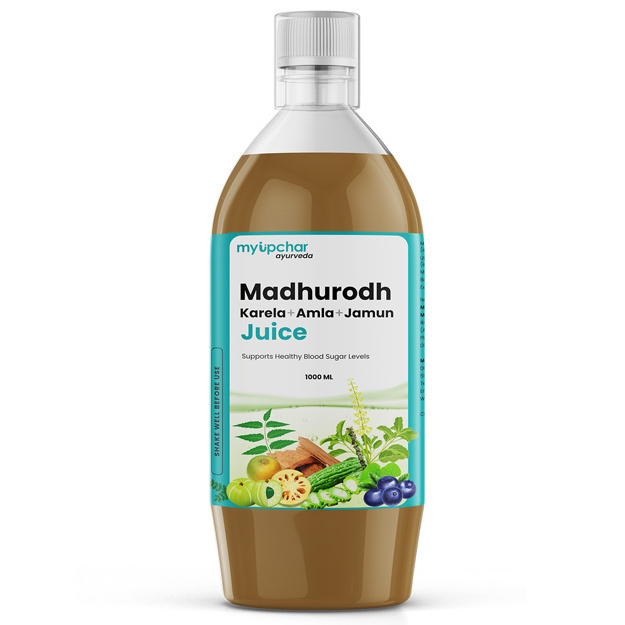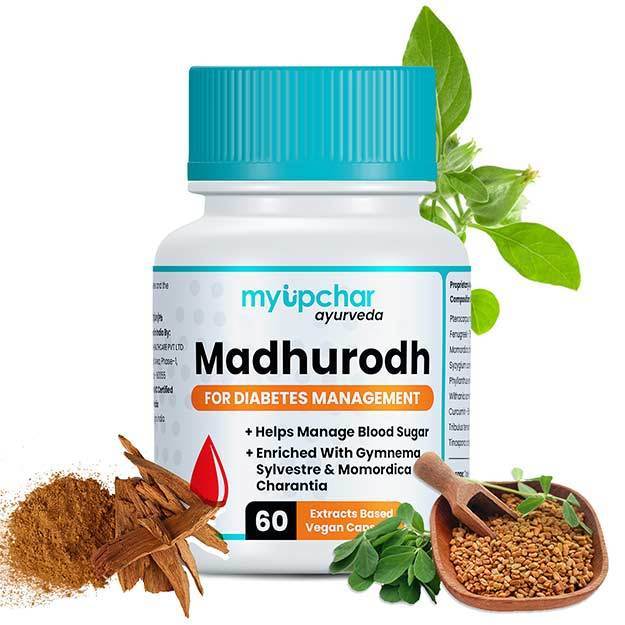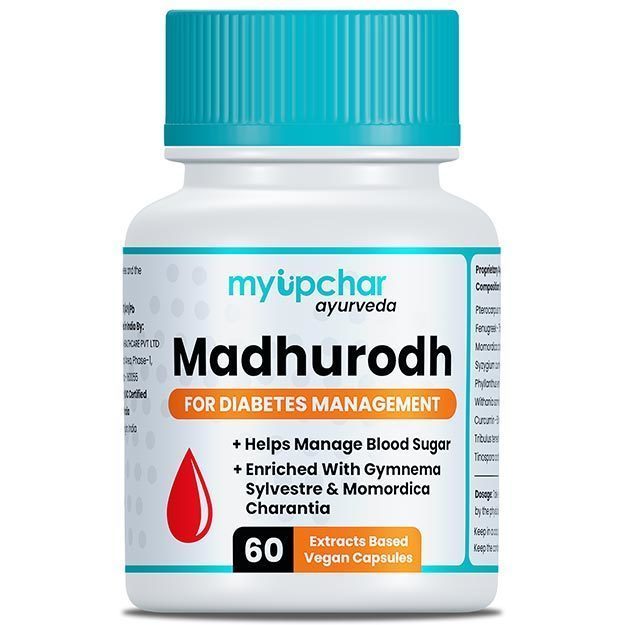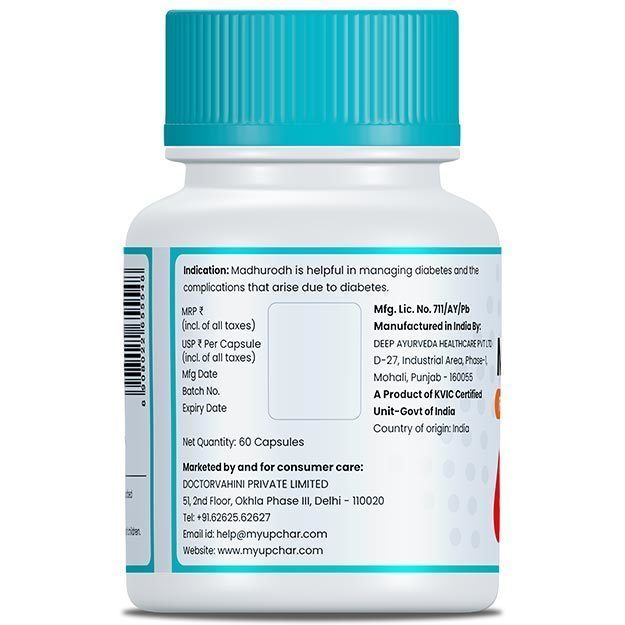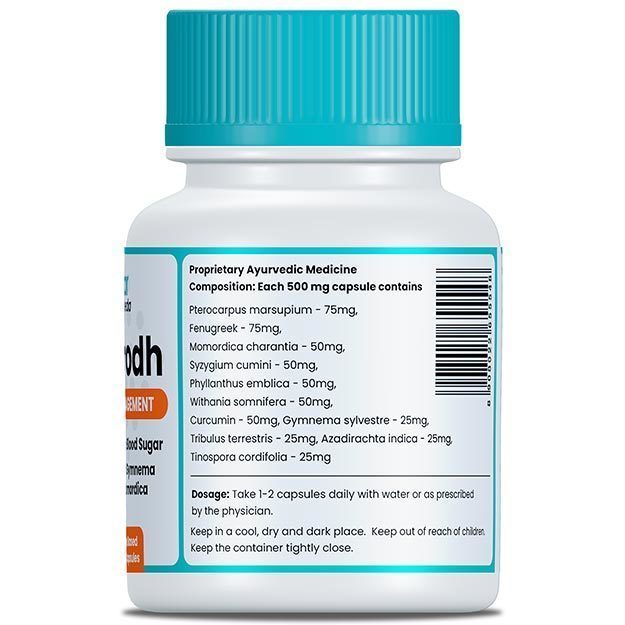Chickpeas or chana are grown and consumed all over the Indian subcontinent as well as in other parts of the world. There are many varieties of chickpeas which are used to cook traditional and healthy foods including dal, hummus, curries and snacks. Kala chana or Bengal gram is a smaller and darker variety of chickpeas which is very popular in countries like India.
Kala chana is easily available in the market and looks like dried, shrivelled, dark brown or light brown mini versions of chickpeas. The outer shell of this legume is removed and the remaining product split to make chana dal or split chickpeas. Kala chana is used extensively in all Indian households in one form or another.
Like most legumes, kala chana is packed with dietary fiber, plant proteins, vitamins, minerals and phytonutrients. Because this legume is so packed with nutrition, there are many benefits you can gain from adding it to your diet. From aiding weight loss to controlling your cholesterol levels, kala chana has many benefits to provide. However, overeating kala chana may lead to adverse health outcomes, so you must consult a doctor or nutritionist about the right amount you can consume safely.
Did you know?
Sattu, a powdered flour typically used in east Indian states like Bihar, Jharkhand, West Bengal and Odisha, is made of kala chana. Sattu is used to prepare highly nutritious drinks and traditional recipes, all of which are considered to be good for health.
Some basic facts about kala chana:
- Botanical name: Cicer arietinum
- Family: Fabaceae
- Common name: Kala chana, Bengal gram, black gram, chana dal
- Sanskrit name: Chanaka
- Parts used: Whole legume, sprouted legume, chana dal
- Native region and geographical distribution: India is the largest producer of kala chana, followed by Pakistan, Turkey and Iran. Madhya Pradesh, Maharashtra, Rajasthan, Karnataka, Uttar Pradesh and Andhra Pradesh are the key producers of kala chana in India.

